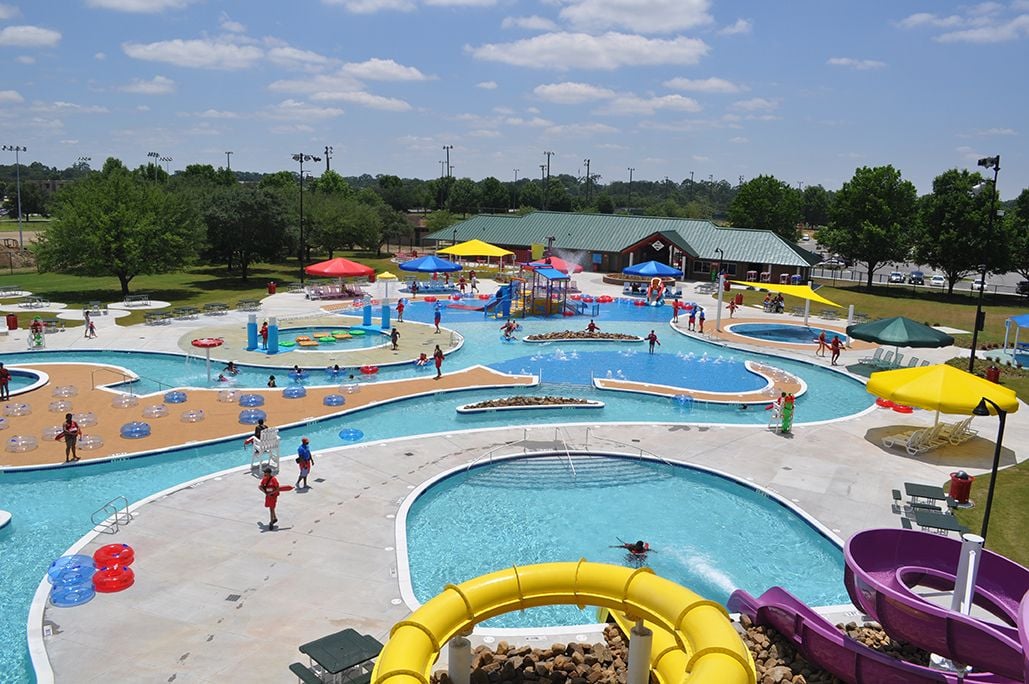BREC parks have provided $318 million in economic benefits to East Baton Rouge Parish, according to BREC Superintendent Corey Wilson.
Speaking at the Press Club of Baton Rouge’s meeting Monday, Wilson shared the results of a three-year study conducted by the Trust for Public Land on the park system’s economic impact. In 2023, BREC collected over $73 million tax revenue.
Other key findings from the report include:
- Job creation: BREC parks employ more than 1,200 team members each year and indirectly employ people across various sectors, including construction, retail and hospitality.
- Tourism impact: BREC parks attract more than 1.7 million visitors in staffed facilities alone. BREC generates more than $26 million in economic impact by attracting tourists who are responsible for increased spending at local businesses.
- Property value enhancement: BREC parks have an impact of $20.8 million, directly benefiting local homeowners and increasing local property tax revenues by $1.7 million each year.
- Health and well-being: The study found that BREC parks and trails provide $279.5 million in recreation benefits to residents each year. In addition, physical activity in BREC parks reduces health care costs by more than $8 million each year for East Baton Rouge Parish residents.
- Flood reduction and stormwater management: BREC parks acted as green sponges during the 2016 flood. The system’s green infrastructure reduces stormwater management costs by at least $2.9 million annually.
Wilson says BREC has a roughly $100 million budget, and 80% of its funding comes from property tax dollars. The park system also brings in $12 million in self-generated revenue, which includes $3 million from the Baton Rouge Zoo, $4 million from recreation and $5 million from golf operations. BREC receives another 10% of its funding from partnerships and grants.
Wilson says that phase one of renovations at the Baton Rouge Zoo, which cost around $55 million, will be completed soon.
The zoo regained its accreditation through the Association of Zoos and Aquariums in March.
It lost its accreditation in 2018 after an inspection identified several problems, including outdated, cramped space at several primate exhibits, rusted cages and inadequate lighting. Among other improvements, the first phase of upgrades includes a new entrance and entryway, an orientation plaza, a giraffe feeding station, a pygmy hippo exhibit and a train route.
“There are still some loose ends that we need to tie up, but we are excited about having a ribbon cutting there sometime this summer,” Wilson says. ”July is parks and recreation month, so it may be sometime in July. Hopefully, there’s a portion of the next 10 years of our funding that may go toward phase two. We’re also working with our zoo foundation to raise private dollars that could potentially help support future improvements, as well.”
 GET DAILY REPORT FREE
GET DAILY REPORT FREE



